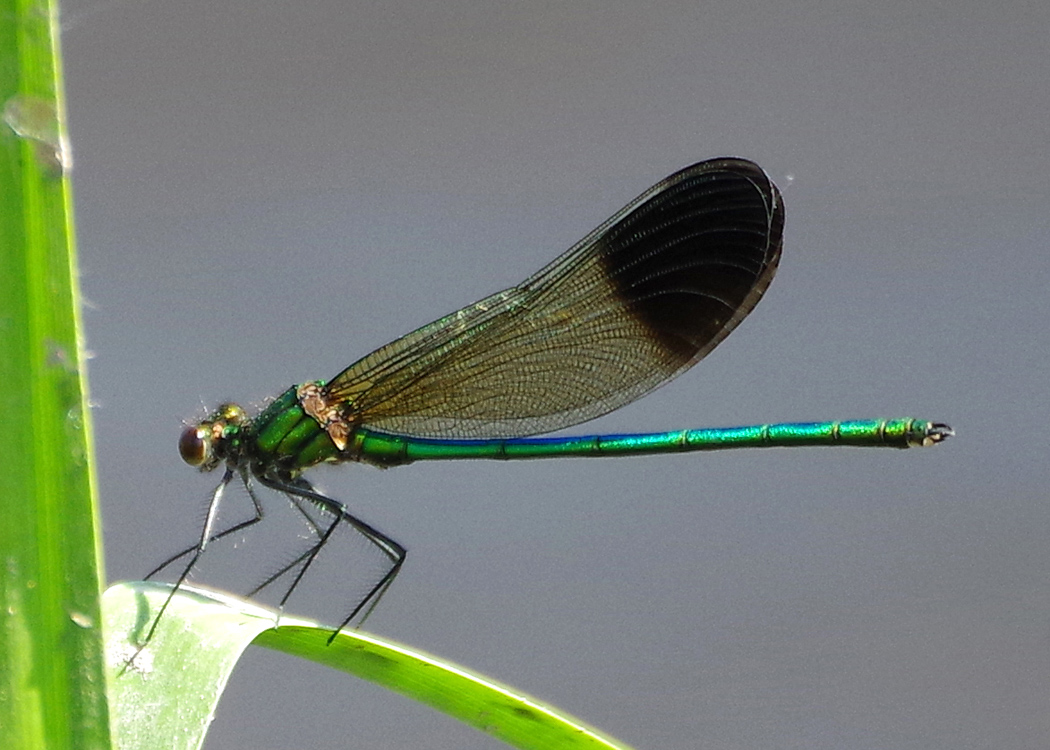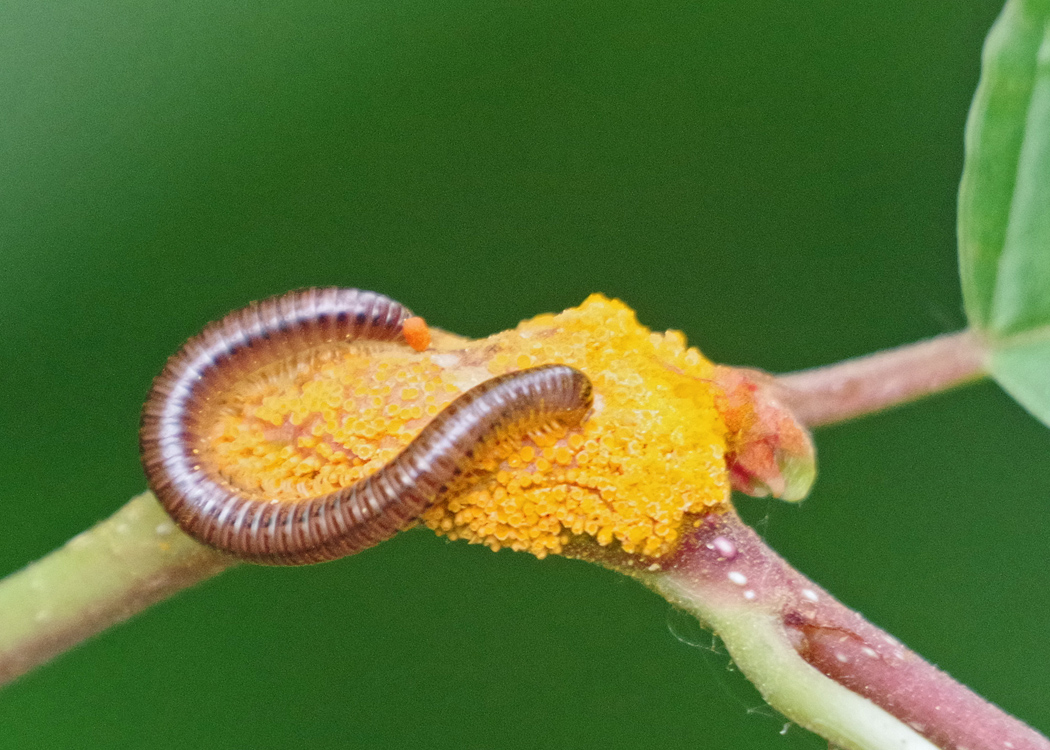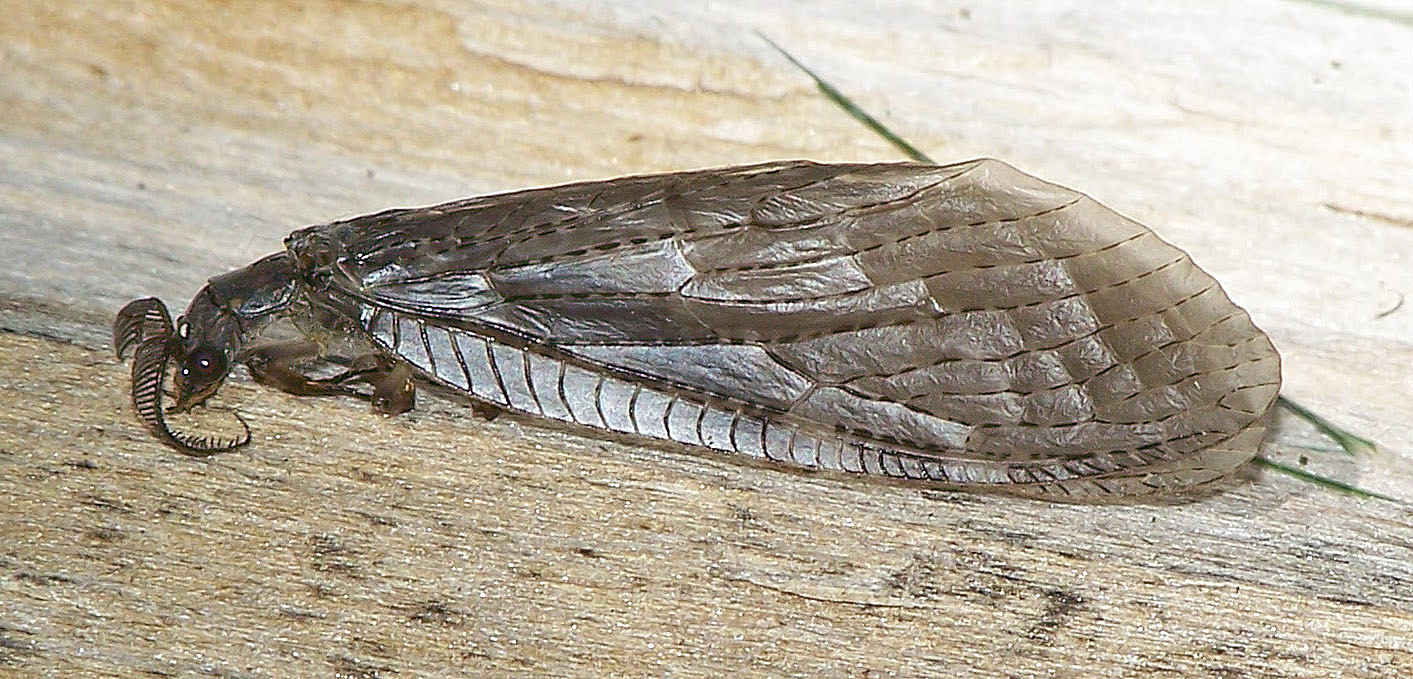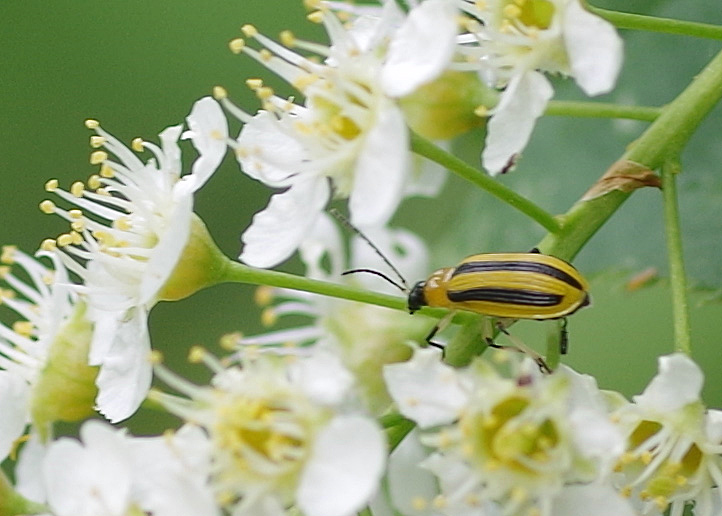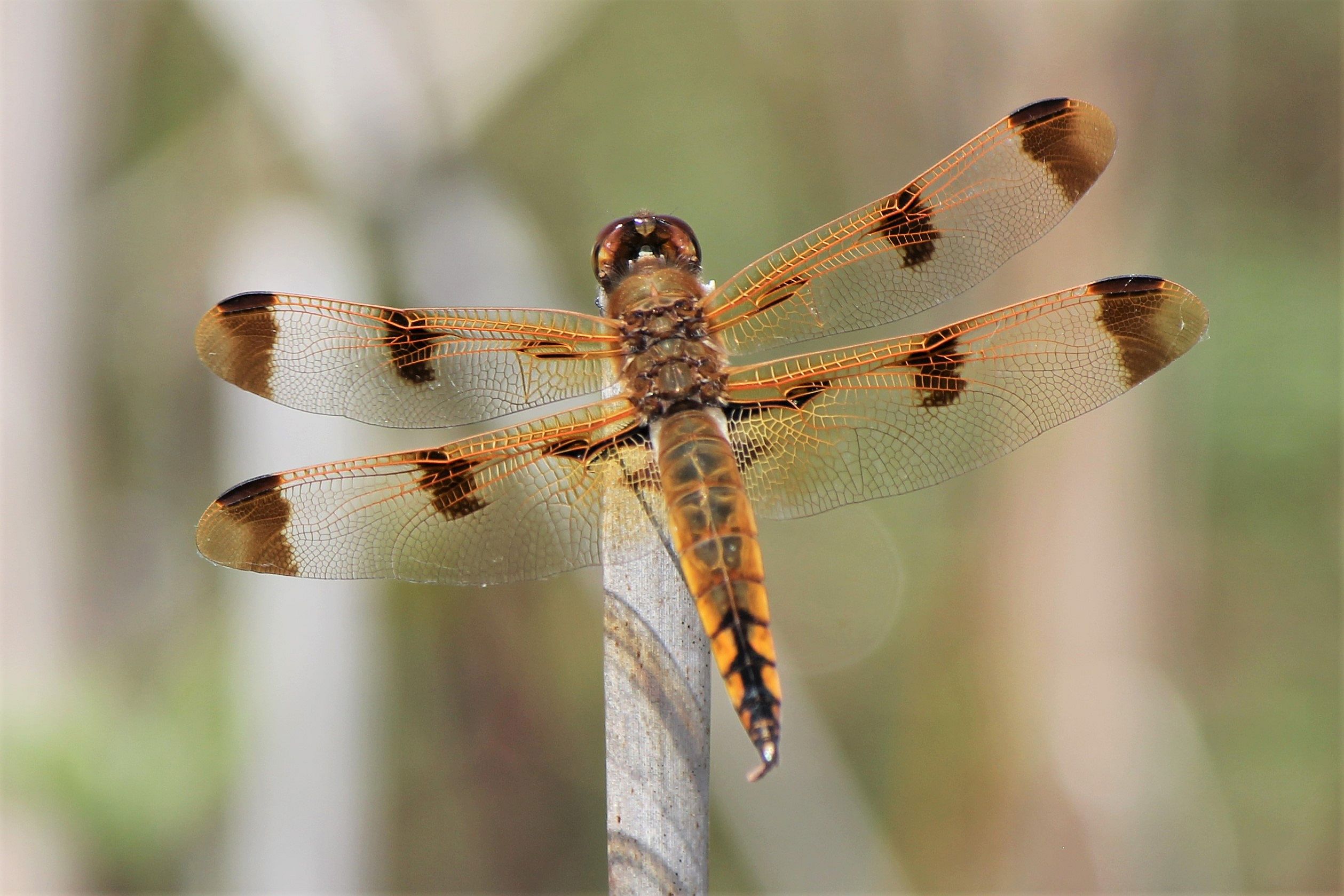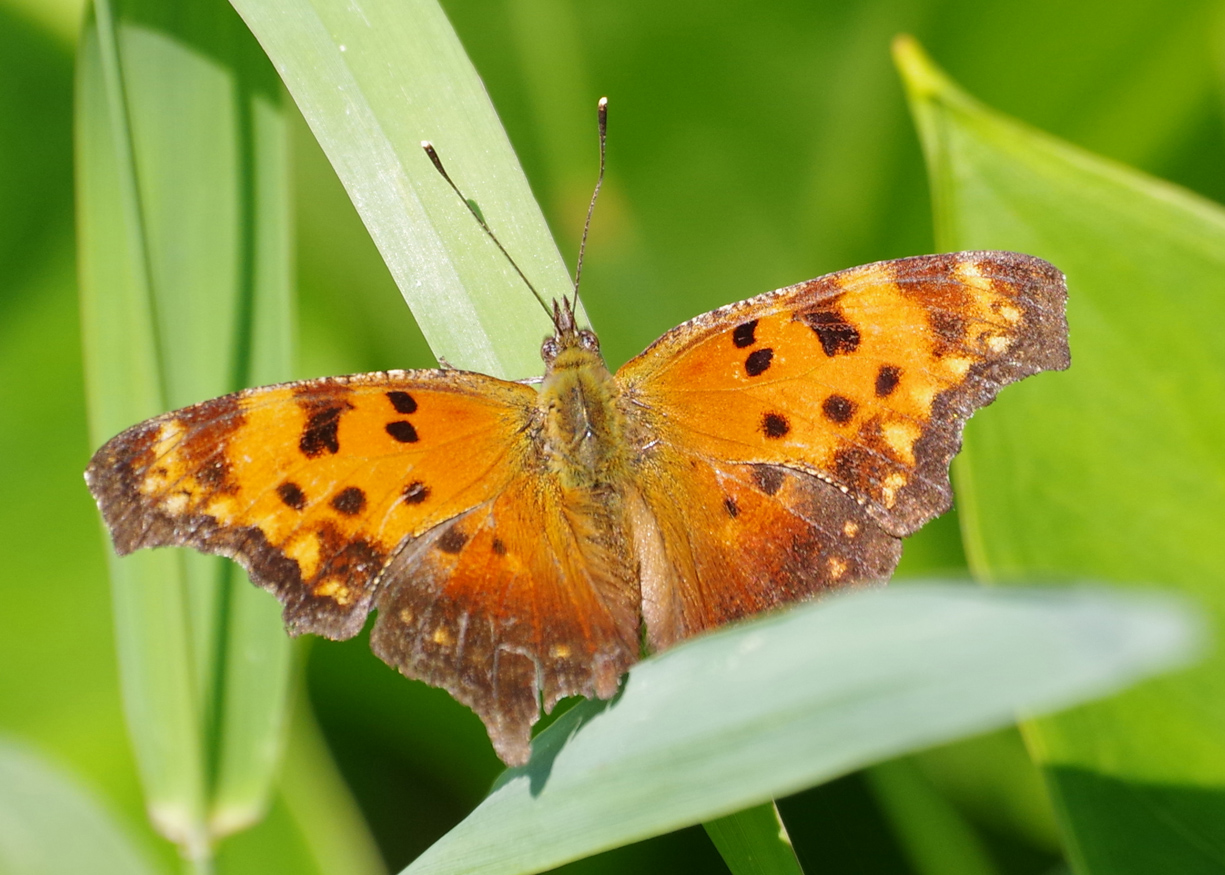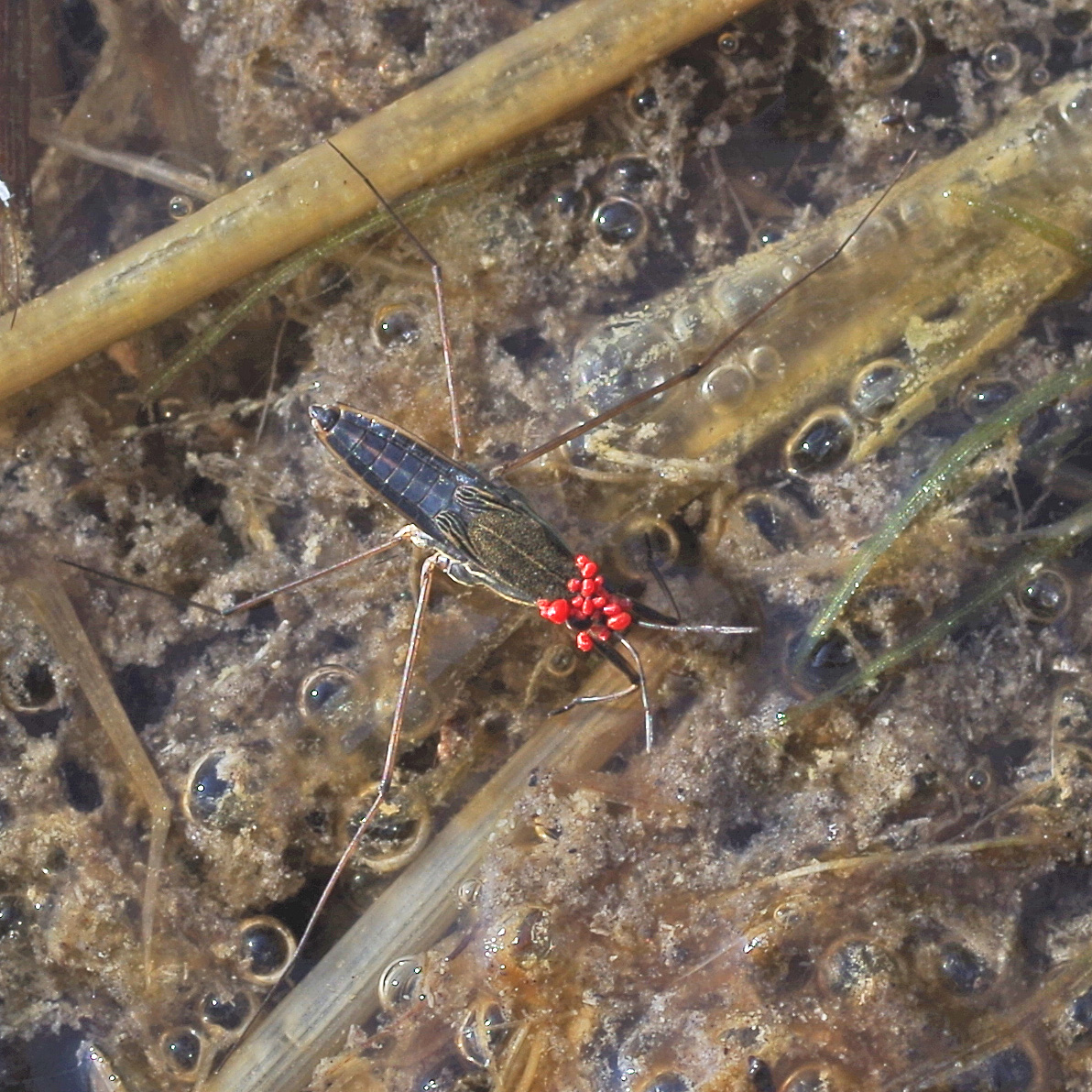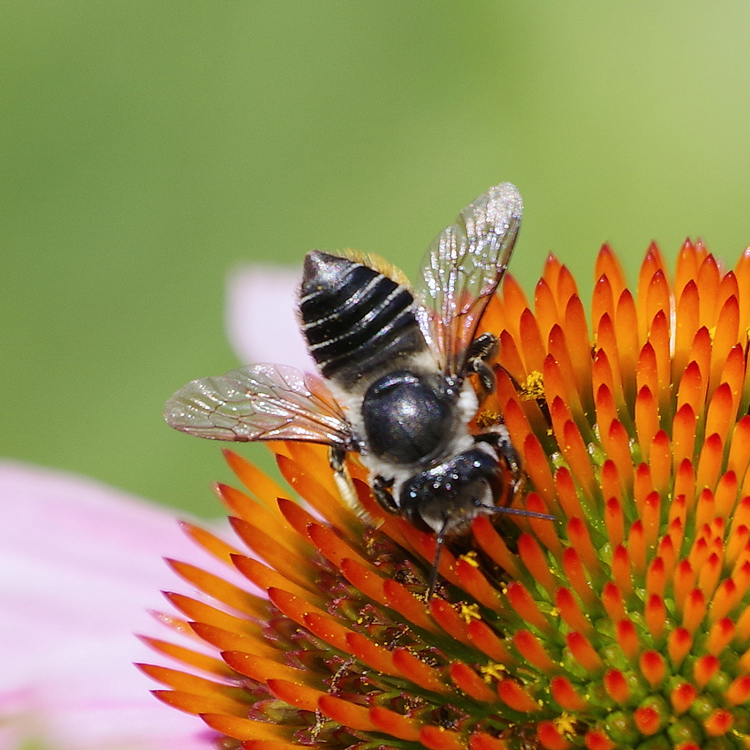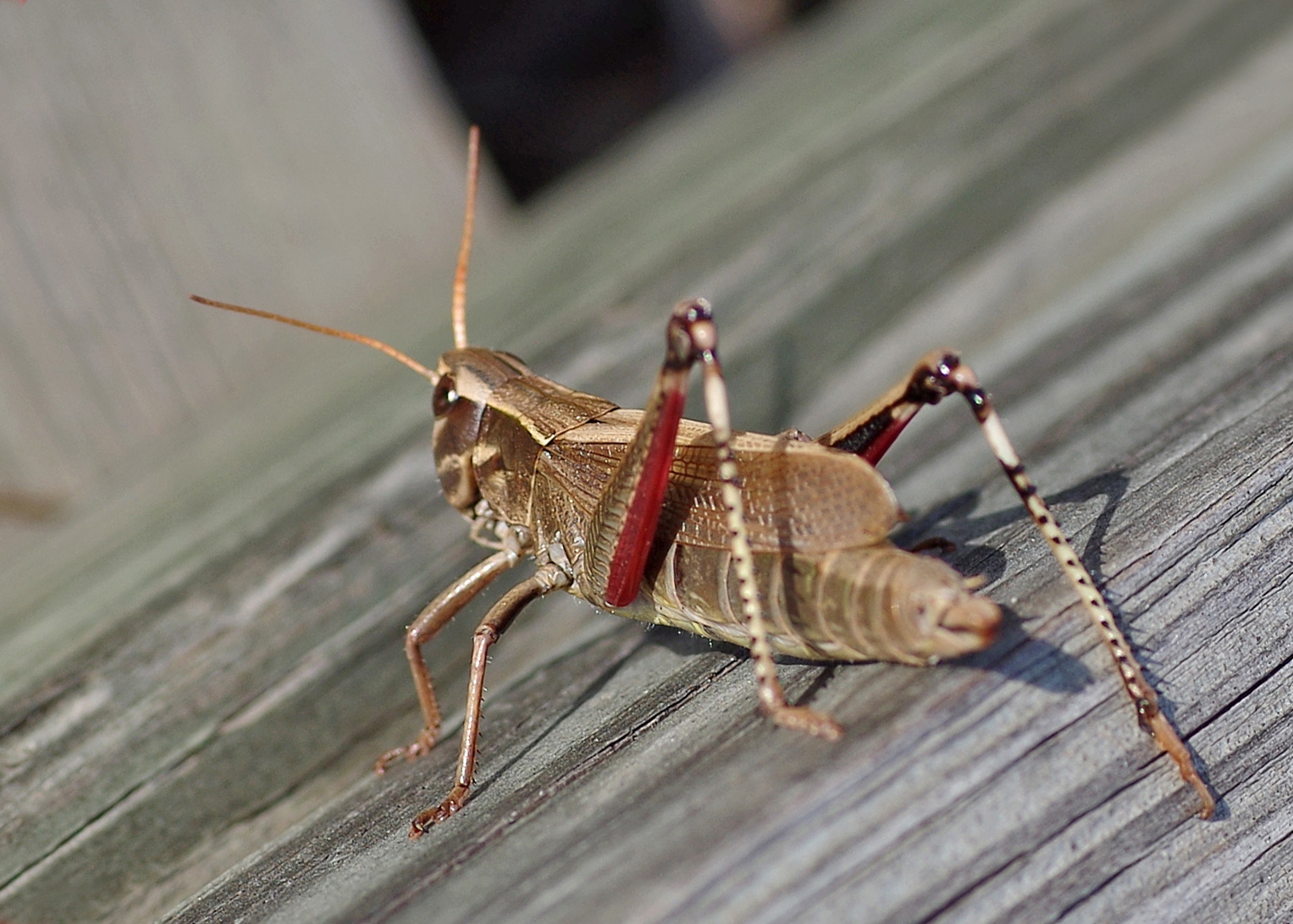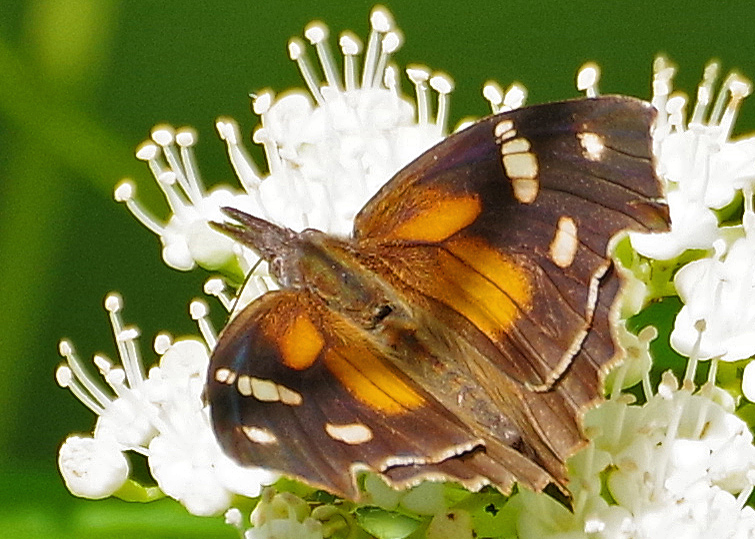
Bug o’the Week – A Tale of two Butterflies – Part 1 – the American Snout
The BugLady was walking along the river when she saw an orange and brown butterfly fluttering around near a bare area. Even though she hadn’t seen one for a long time, she was pretty sure she knew what it was (having quickly eliminated from consideration the slightly larger and more vividly-colored Red Admiral, American Lady and Painted Lady). After that first encounter, she saw several more Snouts.

